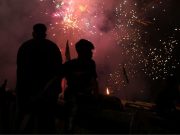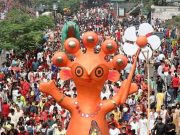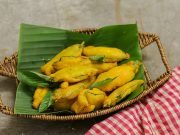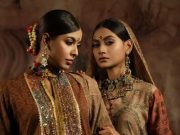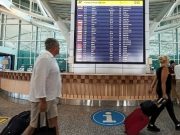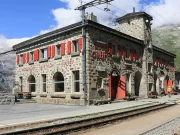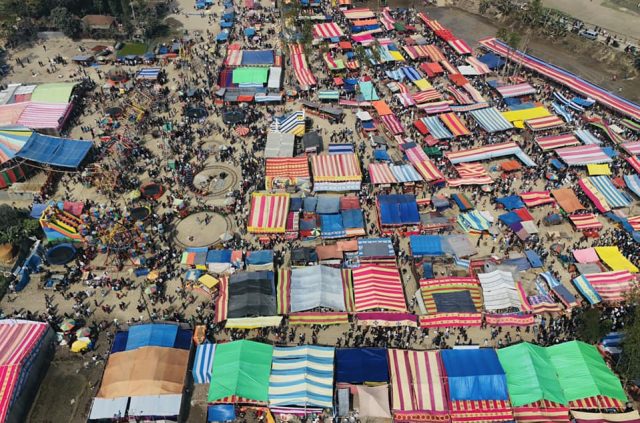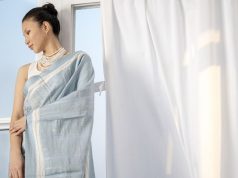The 400-year-old Poradaha Mela, a traditional fair in Bogura, has once again captivated visitors with its unique charm. While the massive Baghair fish has historically been the main attraction, its sale has been banned for the past two years due to its classification as critically endangered by the Wildlife Crime Control Unit. This year, the fair showcased other large fish species like Rui, Katla, Mrigel, and Silver Carp, with the highlight being a 40-kilogram Black Carp.
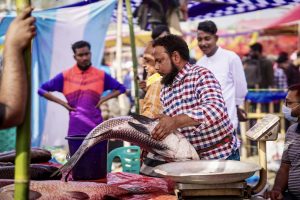
Held annually on the last Wednesday of the Bengali month of Magh, the fair takes place on the banks of the Ichamati River in Poradaha, under Gabtali Upazila. It is a vibrant celebration of rural heritage, drawing thousands of visitors from far and wide.
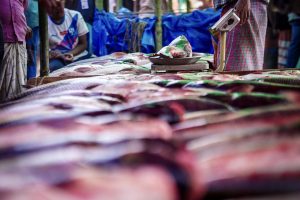
A Fair Steeped in History
Legend has it that around 400 years ago, a massive banyan tree stood at the site where the fair is now held. One day, a sage appeared there, and soon after, other sages gathered to establish an ashram. Over time, the site became a sacred place for the local Hindu community, who began organizing an annual Sannyasi Puja (sage worship) on the last or second-to-last Wednesday of Magh. As devotees flocked to the site, the gathering gradually evolved into a full-fledged rural fair.
Though the sages eventually left, the Hindu community continued the tradition of Sannyasi Puja. Over the years, the fair grew in popularity, transcending religious boundaries and becoming a unifying celebration for people of all faiths. Today, while the Sannyasi Puja remains a key part of the event, the fair attracts thousands of visitors from diverse backgrounds.
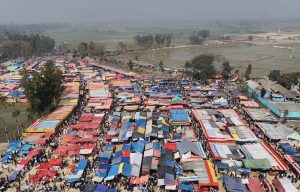
A Feast for the Senses
The Poradaha Mela is not just about fish; it’s a sensory delight. Alongside the impressive display of large fish, the fair is famous for its oversized and intricately shaped sweets. Visitors can also enjoy rides like Ferris wheels and carousels, as well as circus performances, making it a fun-filled experience for children and adults alike. Strolling through the fair, one can see people of all ages, from women and children to elderly visitors, eagerly exploring the stalls. Many come to buy fish, while others simply soak in the festive atmosphere. For locals and residents of nearby villages, the fair is a major event, often marked by elaborate preparations and gatherings. Families invite relatives from distant areas, turning their homes into hubs of hospitality. On average, households spend around 10,000 BDT, with some even splurging up to 50,000 BDT or more to celebrate the occasion.
The Modern-Day Poradaha Mela
In recent years, the fair has earned the nickname Jamai Mela (Son-in-Law Fair), as sons-in-law compete to buy the largest fish for their in-laws. This playful tradition adds a unique flavor to the event. While the Baghair fish, once weighing up to 100 kilograms, is no longer a common sight, this year’s star attraction was a 40-kilogram Golpata fish, priced at 2,000 BDT per kilogram.
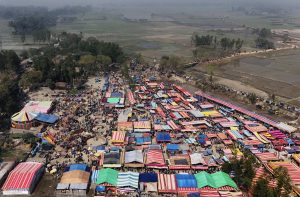
The fairgrounds host over 500 stalls, offering a wide variety of fish, including exotic marine species, and an array of sweets. The Poradaha Mela has become one of the most iconic rural fairs in Bangladesh, celebrated not only for its historical significance but also for its ability to bring people together in a spirit of joy and unity.
The Poradaha Mela is more than just a fair; it’s a living testament to Bangladesh’s rich cultural heritage. It bridges the gap between the past and the present, offering a glimpse into the traditions that have shaped rural life for centuries. Whether it’s the allure of giant fish, the sweetness of traditional treats, or the thrill of carnival rides, the fair continues to enchant visitors, ensuring its place in the hearts of Bangladeshis for generations to come.




